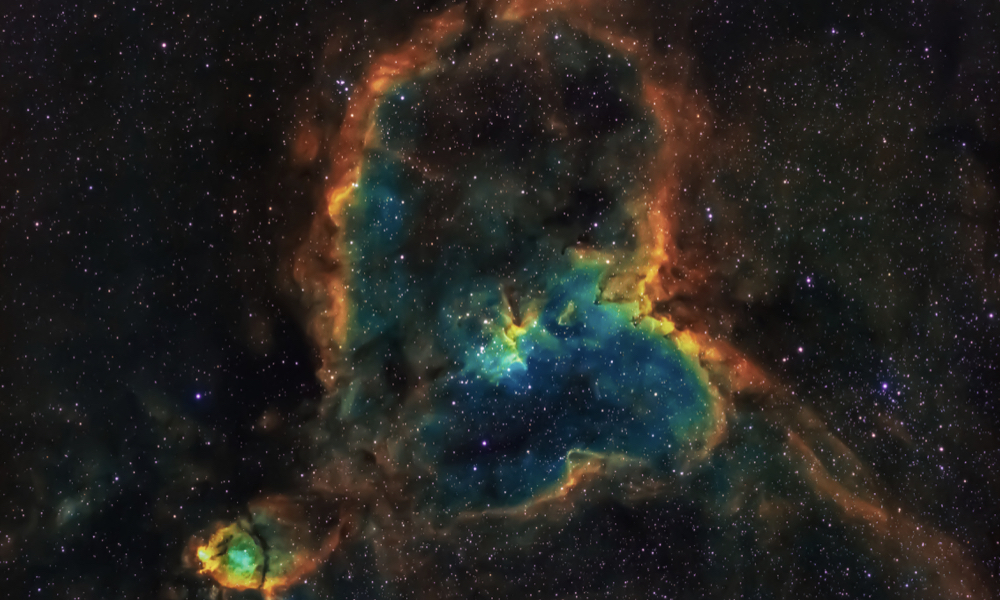
ESA Open Invitation To Tender AO8296
Open Date: 16/06/2015
Closing Date: 02/09/2015
Status: ISSUED
Reference Nr.: 15.197.03
Prog. Ref.: General Studies
Budget Ref.: E/0600-00 – General Studies
Special Prov.: BE+DK+FR+DE+IT+NL+ES+SE+CH+GB+IE+AT+NO+FI+PT+GR+LU+CZ+RO+PL+CA
Tender Type: C
Price Range: 200-500 KEURO
Establishment: ESTEC
Directorate: Directorate of Technical & Quality Manag
Department: System, Software & Technology Department
Division: Future Prep. & Strategic Studies Off.
Contract Officer: Erkelens-Sickinger, Franziska
Last Update Date: 16/06/2015
Update Reason: Tender issue
The current concept of the MEOSAR constellation, which includes Search and Rescue Transponders on Galileo, GPS and GLONASS is based on a bent pipe transponder. This design choice allows fully analog equipment onboard, but requires the deployment of significant ground infrastructure receiving the SAR signals from the SART (called MEOLUTs). An alternative approach is possible: if the SAR payload was able to receive, decode the SAR signals and process, then re-generate the information into a robust downlink signal, this would open the possibility to the concept of Omnidirectional LUTs, based on small omnidirectional antennas able to simultaneously receive the signals from all the visible satellites. In addition, the specifications for Next Generation Beacons are under definition, and the proposed payload would address service also to those beacons. The objective of this activity is to perform a feasibility study of the future concept for MEOSAR system considering a regenerative processing payload (SARP) and omnidirectional Local User Terminals (LUTs), including the following elements: SAR Mission Architecture Design; Processing Payload Design; Data Link Design; Ground Segment Design; Link Analysis; Mission Operations Concept definition.
If you wish to access the documents related to the Invitation to Tender, you have to log in to the ESA Portal.
